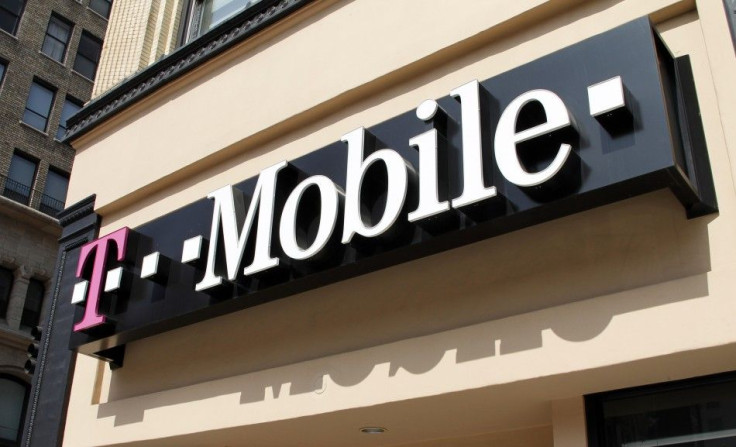Why Washington Wants to Prevent AT&T from Expanding: The Numbers Update

Why does Washington seek to bar the $39 billion takeover of No. 4 wireless carrier T-Mobile USA by No. 1 carrier AT&T? The numbers tell the story.
Now that AT&T, No. 2 Verizon Wireless and No. 3 Sprint-Nextel have reported third-quarter results and subscribers, it's clear that allowing AT&T to get even larger might well stifle competition.
Under the Clayton Act, the antitrust law dating from 1914, the government can act to prevent companies from creating monopolies. AT&T itself was a virtual monopoly until Dec. 31, 1983, when it agreed to a massive divestiture.
Now the Dallas-based giant has swallowed up many parts of the old AT&T and may be trying to assume for the wireless age what it had in the old days of wireline.
AT&T reported its wireless subscriber base reached a record 100.7 million, or just under one-third of the total population. In the third quarter, it sold 4.8 million smartphones with almost half being non-iPhone units.
AT&T was Apple's first iPhone operator in 2007. Meanwhile, AT&T reported free cash flow of $5.1 billion.
Now consider Verizon. The New York-based No. 2 reported 93.2 million wireless customers, of whom 98.7 million were retail customers. Verizon sold 5.6 million smartphones, including 2 million iPhones and 3.6 million Google Android phones.
Verizon's free cash flow was $8.3 billion.
Combining T-Mobile with AT&T would create a truly gigantic No. 1 carrier with at least 135 million subscribers, using second-quarter data. More likely the third quarter number exceeds 140 million, once market researchers determine the T-Mobile numbers.
T-Mobile, a unit of Deutsche Telekom that is run from Bellevue, Wash., now doesn't sell or service iPhones, which may be a drawback now, but it does have a major 4G network, which AT&T craves, especially for more robust service demand by iPhone and Android customers.
Sprint, based on Overland Park, Kan., reported having only 53 million subscribers, up only 1.5 million in the third quarter, while T-Mobile, owned by Deutsche Telekom, had about 33.6 million in the second quarter, market researcher Strategy Analytics estimates.
So, assuming the AT&T purchase closes, the bigger AT&T would have roughly 140 million subscribers, Verizon would have 93.2 million and Sprint, which now sells iPhones, roughly 53 million.
Sprint also reported negative cash flow of $273 million and said poor cash performance could continue. After the earnings report, the company said it boosted its current revolving credit line by $150 million to $2.24 billion.
Sprint's market capitalization is $7.52 billion compared with AT&T's $169.8 billion.
The Justice Department's case is based on long-accepted competitive analysis showing telecom concentration tends to remove competition. As well, antitrust lawyers including Bruce Schneider with Stroock, told IBTimes a so-called four-to-three merger is usually challengeable on just these grounds.
There are several smaller wireless providers, such as Metro PCS, C Spire and U.S. Cellular but combined, their total base is a mere 22.6 million, hardly a challenge to AT&T.
Reports have said AT&T might try to sell pieces of T-Mobile to several or all of the smaller carriers, to win Justice Department approval. Federtal Judge Ellen Huvelle, who heard motions in the case Monday, has indicated she would rather settle the case than hold a trial, now scheduled for February.
But the numbers are compelling: making AT&T so big again in the era when wireless and portable platforms are the future clearly risks making the new AT&T as monopolistic as the old one.
AT&T shares were at $28.67, up 26 cents, in early afternoon trading, while Verizon was at $36.56, up 37 cents and Sprint at $2.52, down 18 cents.
Verizon is the best performing stock of the three this year. Shares have gained 2.2 percent.
© Copyright IBTimes 2024. All rights reserved.






















